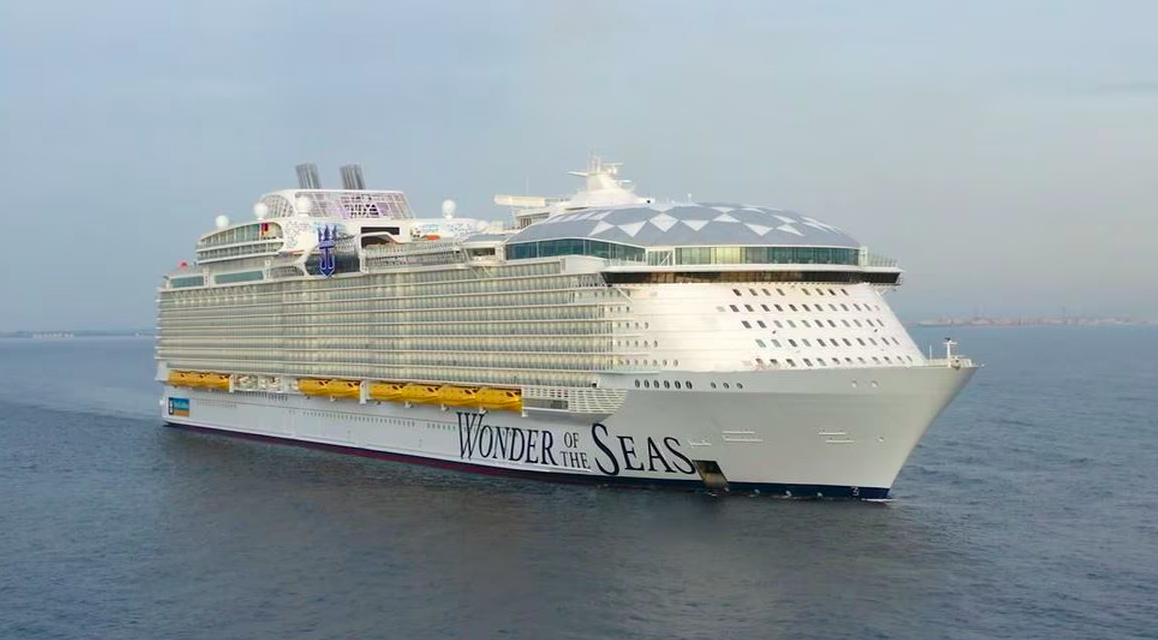Absolutely, the evolution of cruise ship design is a captivating journey closely intertwined with technological advancements and changing passenger preferences. The cruise industry’s remarkable adaptability and innovation have led to substantial transformations, propelling cruise ships from their classic ocean liner roots to their modern and luxurious forms.
The evolution of cruise ships
Classic cruise ships, or ocean liners, hark back to the early 20th century. They were designed for long-distance travel, often connecting continents, and placed a strong emphasis on elegance and grandeur. These ships were characterized by their sleek hulls, towering smokestacks, and ornate interiors. Passengers dressed formally, and there was a clear distinction between social classes on board.
The RMS Titanic stands as one of the most iconic ocean liners in history, though its tragic sinking on its maiden voyage in 1912 is etched in memory. Remarkably, this disaster did not deter the classic cruise ship era, which continued to flourish with vessels like the RMS Queen Mary and the SS Normandie. These majestic ships boasted opulent ballrooms, luxurious staterooms, and extravagant dining rooms, symbolizing an era where the voyage itself was as enchanting as the final destination.
Absolutely, the mid-20th century marked a turning point in cruise ship design. The advent of air travel resulted in declining passenger numbers for traditional ocean liners, compelling cruise lines to reinvent themselves as floating resorts. This transformative shift laid the foundation for the development of modern cruise ship design, introducing a new era where these vessels provide a wide range of amenities and entertainment, redefining the very essence of the cruise experience.
The introduction of the “all-inclusive” cruising concept was a fundamental turning point in cruise ship design. Passengers were relieved of the burden of separate payments for meals and activities, simplifying the vacation experience. Modern cruise ships have been meticulously engineered to be self-contained, providing a wide array of dining options, entertainment venues, and onboard amenities such as water parks and spas. This transformative shift has significantly expanded the appeal and accessibility of cruising to a broader spectrum of travelers.
Indeed, a significant transformation in cruise ship design has been the shift towards larger vessels. While classic ships were often smaller and more intimate, modern cruise ships have seen substantial growth in size. Are There Jails on Cruise Ships? Yes for sure, also have evolved into massive floating cities, with the capacity to accommodate thousands of passengers. These mega-ships introduce a wide array of amenities, from shopping promenades to ice rinks and even zip lines, entirely redefining the cruise experience on a grand scale.
The focus on environmental sustainability has also played an elemental role in modern cruise ship design. Classic ships were powered by coal or oil, which had a significant environmental impact. Modern cruise ships employ advanced technologies, such as cleaner propulsion systems and waste management solutions, to minimize their ecological footprint. Some cruise lines have even introduced electric or hybrid-powered vessels to further reduce emissions.
In conclusion, the evolution of cruise ship design from classic to modern reflects a dynamic industry that adeptly responds to changing times and evolving passenger expectations. Classic cruise ships focus on luxury and formality, while modern cruise ships provide a broader spectrum of experiences, encompassing high-energy activities and serene relaxation, all within the confines of a floating city. As the cruise industry continues to evolve, we can anticipate further advancements in design, technology, and sustainability, promising an exciting future for cruise enthusiasts.
Benefits of classic cruise ship designs
Here are some of the benefits of classic cruise ship design:
1. Elegance and Nostalgia:
Classic cruise ships evoke a sense of nostalgia, providing passengers with an opportunity to immerse themselves in the elegance and grandeur of a bygone era. These ships boast meticulously designed interiors, intricate art deco details, and an unmistakable historical ambiance that collectively create a unique and charming atmosphere, one that’s difficult to replicate in the modern cruise ship experience.
2. Intimacy and Personalization:
Classic cruise ships are typically smaller in size compared to modern mega-ships. This means fewer passengers, which can lead to a more intimate and personalized experience. Passengers and crew often get to know each other, creating a sense of community on board.
3. Formal Dress Code:
Some passengers appreciate the opportunity to dress up formally for dinner and special events. Classic cruise ships often maintain more traditional dress codes, allowing passengers to enjoy a refined, elegant dining experience.
Benefits of modern cruise ship designs
Modern cruise ship designs have revolutionized the cruise industry, offering a wide range of benefits that cater to the preferences and needs of contemporary travelers. These benefits include:
1. Incredible Variety of Amenities:
Modern cruise ships are like floating resorts, offering a vast array of amenities. Passengers can enjoy features such as water parks, fitness centers, theaters, casinos, specialty restaurants, spas, shopping promenades, and more, all within the confines of the ship.
2. Entertainment and Activities:
From Broadway-style shows to rock climbing walls, surf simulators, and zip lines, modern cruise ships assure an extensive selection of entertainment and activities. There’s something for every age group and interest, making it ideal for families and multigenerational groups.
3. Diverse Dining Options:
Modern cruise ships offer an impressive range of dining choices, from formal and specialty restaurants to casual buffets and food courts. Passengers can indulge in international cuisine, gourmet dining, and even celebrity chef experiences.
